
What is Gravel Biking?
Gravel biking has become a huge trend in recent years. If you are secretly still wondering what gravel biking is exactly, or if you are curious about gravel biking, read here what you are missing! The term "gravel" describes riding a bicycle with road handlebars on unpaved roads and trails, somewhere between road cycling and mountain biking. Gravel riding can cover all types of terrain, from real gravel to wooded singletrack and everything in between. As you'll read later, versatility is key when it comes to gravel bikes, and so is gravel riding in general. From fun social rides to remote and demanding endurance races, events to dirt road tours, there's something for everyone when it comes to gravel riding.
Where does gravel biking come from?
Gravel is probably better understood as an amalgamation of different riding styles. The trend seems to have come over from the United States, where long, remote stretches of dirt road bridged road cycling, mountain biking, and cyclocross. On less traveled and busy roads, cyclists can fully enjoy exploration and adventure. For others it is also an opportunity to try out a new discipline. The variable terrain offers riders a shift from the usual speed focus of road cycling and offers a breather from traffic. As mountain biking has become increasingly extreme and specialized in recent decades, gravel riding offers an accessible alternative. On a gravel bike you can easily explore new areas and enjoy trails that are considered tame in mountain bike terms. Many gravel riders started out on custom cyclocross, mountain bike or touring bikes, until the mainstream bike industry noticed the boom and started developing specific gravel models. This gave clay a foothold as a new global discipline. Rides no longer ended where the tarmac ended, as gravel bikes were built to handle more challenging terrain.

Where can you ride gravel?
The term 'gravel' can be a bit misleading in some parts of Europe. Multi-terrain or adventure cycling would be a better description, as you're more likely to find routes connecting dirt doubletracks, flowing singletracks, forest fire roads, canal towpaths, field edge trails and farm roads with stretches of tarmac in between, rather than long stretches of pristine gravel roads - depending on where you drive, of course. As with mountain biking, weather and trail conditions will dictate where to ride, using the better-draining areas year-round while avoiding the boggy, muddy trails in the drier summer months. For fun routes within the Netherlands, take a look at: https://gravelrides.cc/alle-routes/
Do you need a gravel bike?
Gravel bikes' geometry, gearing and tire clearance are specifically designed to meet the demands of off-road riding. While it's not essential that you use one for off-roading, they can make the ride much more comfortable and enjoyable. Don't expect a gravel bike to be as responsive on the tarmac as a road bike or as capable as a trail mountain bike. A gravel bike is a middle ground: it allows you to explore where the tarmac ends and even try some singletrack. You can enjoy the efficiency of riding with crash bars on the road and tamer trails, while also being able to take on more technical trails that you wouldn't dream of riding on skinny, slick tires. Many riders who are limited by space or budget choose a gravel bike with two wheelsets: one for gravel riding and one for the road. Here you can easily switch between tires for on- and off-road use, although you should bear in mind that gearing will probably not be optimized for both disciplines.
Is a gravel bike the same as a cyclocross bike?
Many cyclocross bikes have race-oriented geometry and forego extra features. While gravel bikes and cyclocross bikes have a lot in common, there are some key differences when you look closer. The best cyclocross bikes are designed purely with cross racing in mind and are limited by UCI rules that dictate a maximum of 33mm tires and a 50cm handlebar width. The geometry is race-focused, with a high bottom bracket, a more aggressive seating position and crisp steering for tight turns. All this is good for an hour of power, but won't be best suited - or comfortable - for longer distance gravel rides. You will usually not find additions such as fender eyes or luggage rack mounts, and often no more than one bottle cage mount. So while you can use a cyclocross bike for gravel riding, they are not best suited for the task. The best gravel bikes have much greater tire clearance, a more relaxed and stable geometry suitable for longer days in the saddle and rougher terrain, as well as more options for mounting luggage.
Do you need a gravel bike if you have a hardtail mountain bike?
There's certainly nothing wrong with riding hardtail mountain bikes, or even a stiff MTB on gravel paths and trails, although you'll probably feel the benefit of a dedicated gravel bike if you plan on transferring a lot of your riding to rough roads. The stiffness of a typical gravel bike frameset combined with a drop-bar position gives you more pedaling efficiency and aerodynamic efficiency on roads and gravel trails, even if that means sacrificing some of the comfort that a hardtail's suspension fork provides. For longer rides and multi-day bikepacking trips, you'll also find that a drop bar allows for more varied hand positions, which can be beneficial for minimizing hand and wrist discomfort.

Why are tires so important for gravel riding?
A suitable set of gravel tires can make the difference between a great ride and a total nightmare. As the point of contact between your bike and the terrain you're riding on, you need to match your tire type, profile, volume and pressure to the trails and conditions you expect to encounter. Tubeless tires are highly recommended for off-roading as you are likely to encounter thorns and sharp rocks in the terrain. However, it is still possible to get a puncture in your tire with a tubeless setup, so getting the correct tire pressure is key. Tire choice is crucial when riding on gravel: consider the profile, width and casing type for the conditions you are likely to encounter. Tire widths range from 32mm to over 50mm, although the most common tire width is around 40mm. Which width you choose depends on the space your frame offers for your tires and the tire pressure you want to use. Bigger tires allow you to run lower tire pressures, which offers more comfort and also allows you to tackle technical terrain with more confidence. Many riders with limited tire pressure choose 650b wheels and tires (27.5 inch equivalent) so they can run wider tires without changing the frameset. The conditions on the trail are the most decisive for the profile you should use. This is where you need to balance your requirements for grip and speed based not only on the terrain that awaits you, but also how the weather will affect your ride. Choose a more aggressive, bumpier profile for wetter, muddy conditions, or a smoother profile for dry hardpack. Many brands now offer their tires in multiple casings: lighter, smoother options designed for competition and more durable, reinforced alternatives for everyday riding, more technical terrain and bikepacking.
How have gravel bikes and gear evolved?
In recent years, the number of bikes and the amount of specially designed kit has exploded in parallel with the growing popularity of gravel riding. Shimano, SRAM and Campagnolo have all released gravel groupsets with a wider range of gearing than typical road groupsets, and these have become commonplace on many gravel models. There are also more and more electric gravel bikes available, allowing more riders to go further and steeper than ever before. Flared handlebars are now common on gravel bikes for more stability on the drops, and some riders are opting for much wider handlebars than you normally see on road bikes. Suspension is becoming more common on gravel bikes and allows for a wider range of trails and routes. There are a number of brands that have integrated suspension systems into stems and seatposts, with the aim of relieving the rider of discomfort caused by rougher terrain. In addition to bicycles and parts, gravel-specific clothing and shoes have also become more popular. Gravel shirts are a bit looser than the aero shirts intended for road cycling, but not as loose as your mountain biking shirts. Because hike-a-bike sections can destroy road bike cleats in minutes, two-bolt MTB-style SPD pedals are popular as gravel pedals, or even as flat pedals for bikepacking or more technical riding. We also see more and more technology from the mountain bike world being implemented into gravel riding, such as tire inserts. Compatible with tubeless setups, these lightweight foam hoops help protect the rim on more technical terrain, allowing you to run lower pressures with more controlled tire deformation and less risk of pinch flats.
What equipment do you need to ride on gravel?
Make sure you have all the tools and spares you could possibly need, including a chain tool and quick release, tubeless repair kit, tire repair kit and spare tires, as well as a large volume pump. If you really want to get out into the wild, it's a good idea to bring a spare mech hanger, zip ties, tape, and even brake pads. This sounds like a lot of tools, and when combined with spare layers and food, it's easy to see why bike luggage is so popular for gravel riding. A frame pack, handlebar roll, or saddle pack can help you store your gear safely without interfering with the ride. A little planning before you ride, with a route loaded onto a cycling computer, smartwatch or your phone can be invaluable. Apps like Komoot are useful because they suggest routes based on users' experiences, meaning you can build a ride around the best gravel sections, climbs and even coffee stops. It's also worth mentioning that since you'll likely be traveling farther from towns and cities when going off-road, and since the pace is usually slower than on road, you should pack plenty of snacks and water for your ride. There's nothing worse than being stuck in the middle of nowhere with no resupply point for miles around!
What is the difference between gravel and bikepacking?
Bikepacking is a term used to refer to multi-day cycling trips, and usually for off-road expeditions. You can map this out yourself, or follow an existing route. With bikepacking you either spend the night outside in a tent, bivvi or hammock, or in accommodation such as hostels, bunkhouses, hotels, mountain huts or bothies. For multi-day trips you should not only take your bike with you, but also much more material, which is packed in bikepacking bags, or more traditionally in panniers. You can use your gravel bike for bikepacking, or even a mountain bike or heavy duty tourer. Which bike is most suitable depends on the terrain along the route and your personal preferences.
What different skills do you need to ride on gravel?
If you have a background in road cycling, starting out on gravel can seem a bit daunting. The way the terrain moves below you can feel very abstract compared to the predictability of the road, and there are a few different gravel techniques that you will learn over time. When climbing on loose gravel, it's a good idea to stay put rather than climb out of the saddle, just like riding uphill on a muddy cyclocross course. This keeps your weight above the rear wheel and prevents it from spinning away. Cornering on gravel roads is also different than on asphalt. You should look for the smoothest line and avoid chunky, loose gravel if possible. Going on the inside gives you more leeway on the exit, so if something goes wrong you have more room to correct your line than if you go on the outside. As the terrain gets more technical, line choice becomes more and more important, just like in mountain biking. For a fast ride, find the smoothest line, avoiding bigger rocks, roots, and looser sections. Keep looking ahead at what's coming your way instead of focusing on what's ahead of your wheel. If you already have some mountain biking talent, this element of gravel riding can really help.




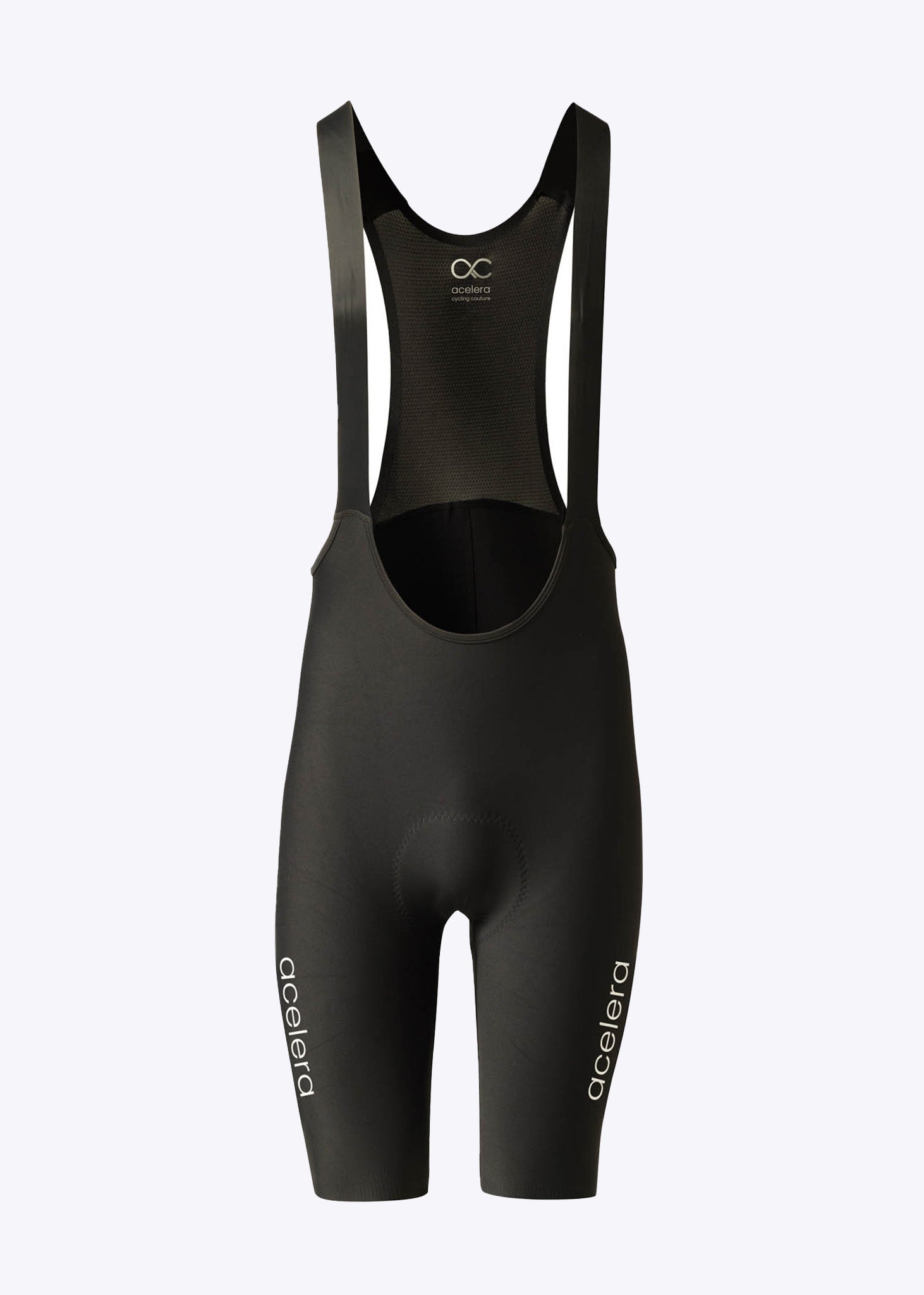

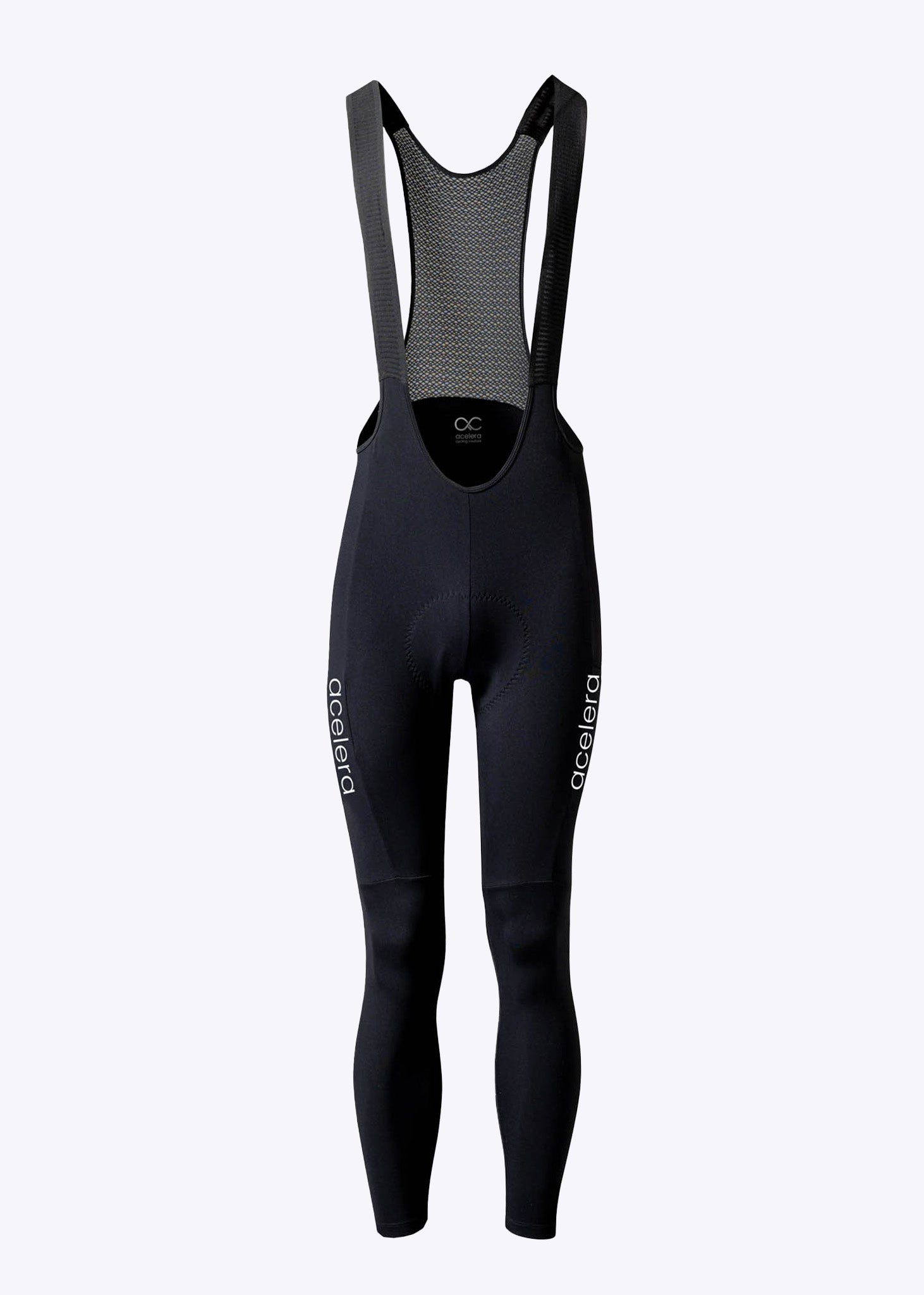
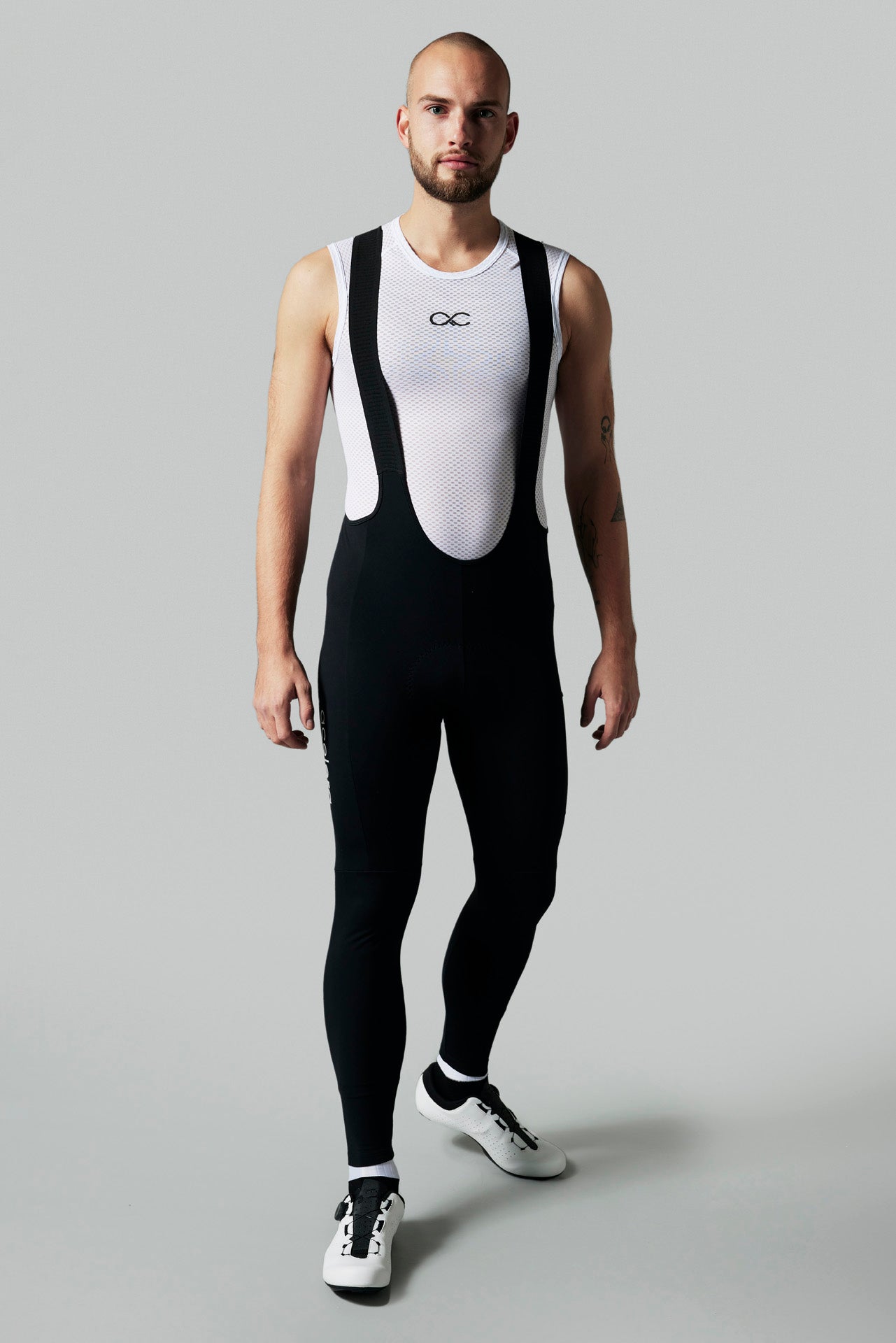


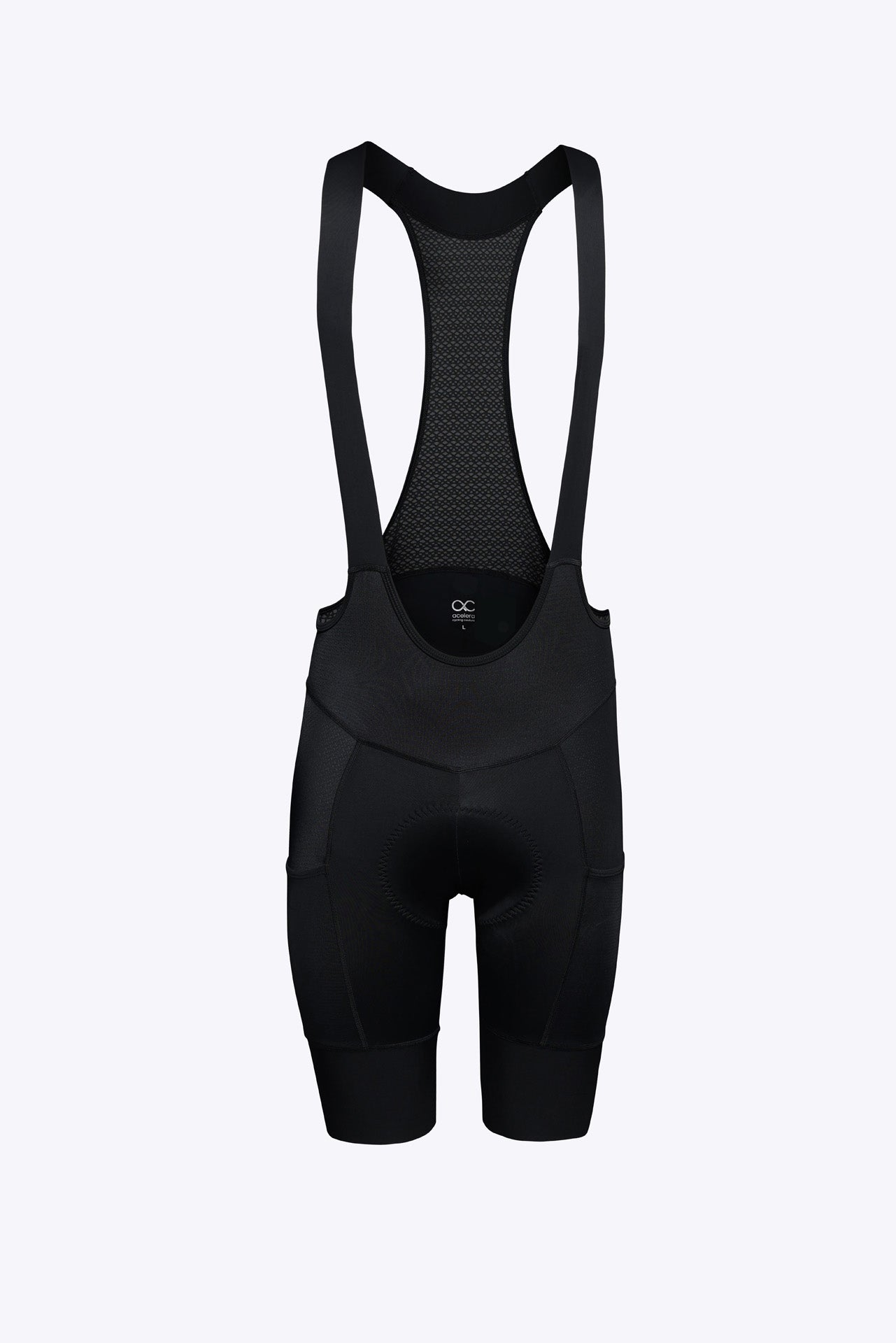
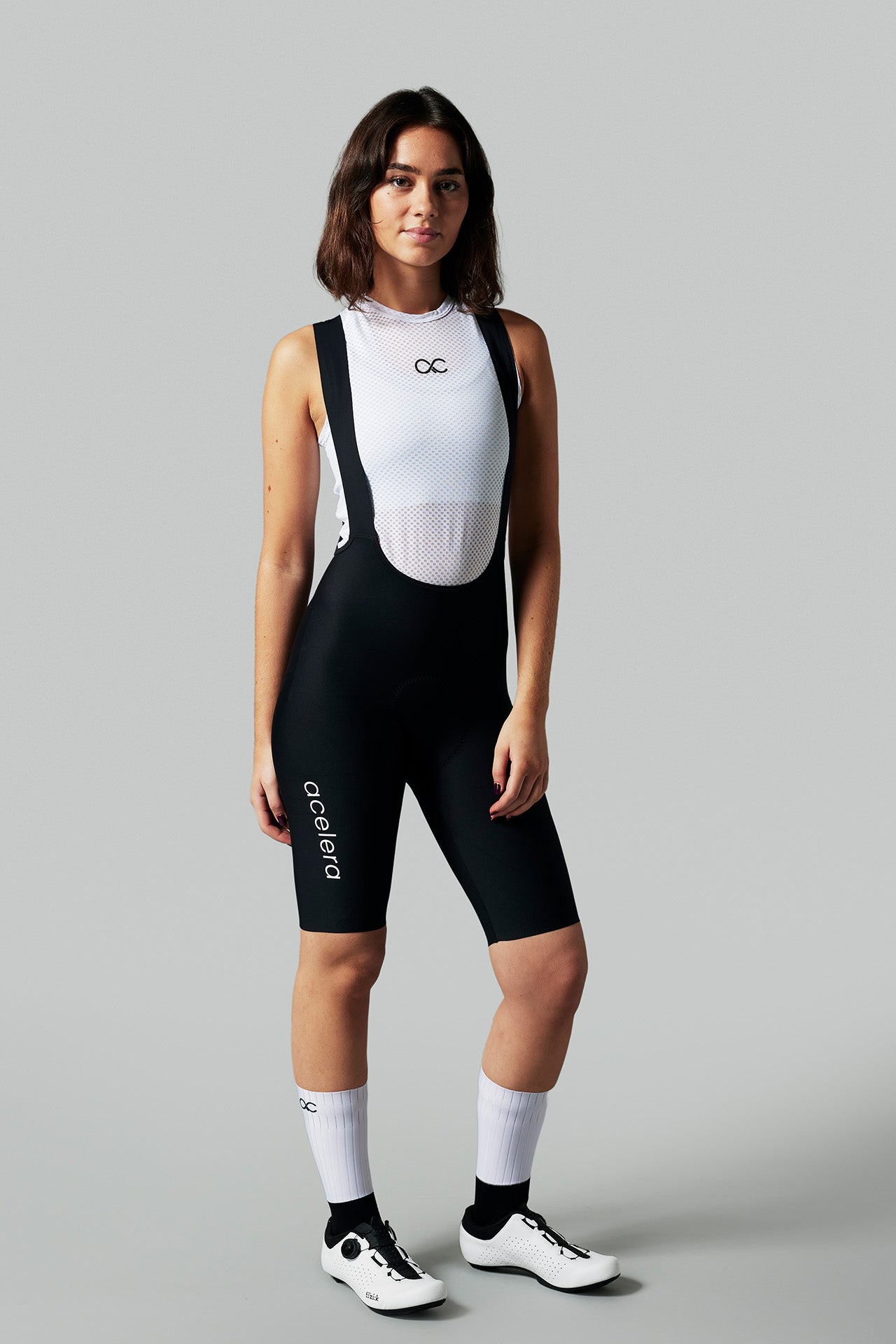
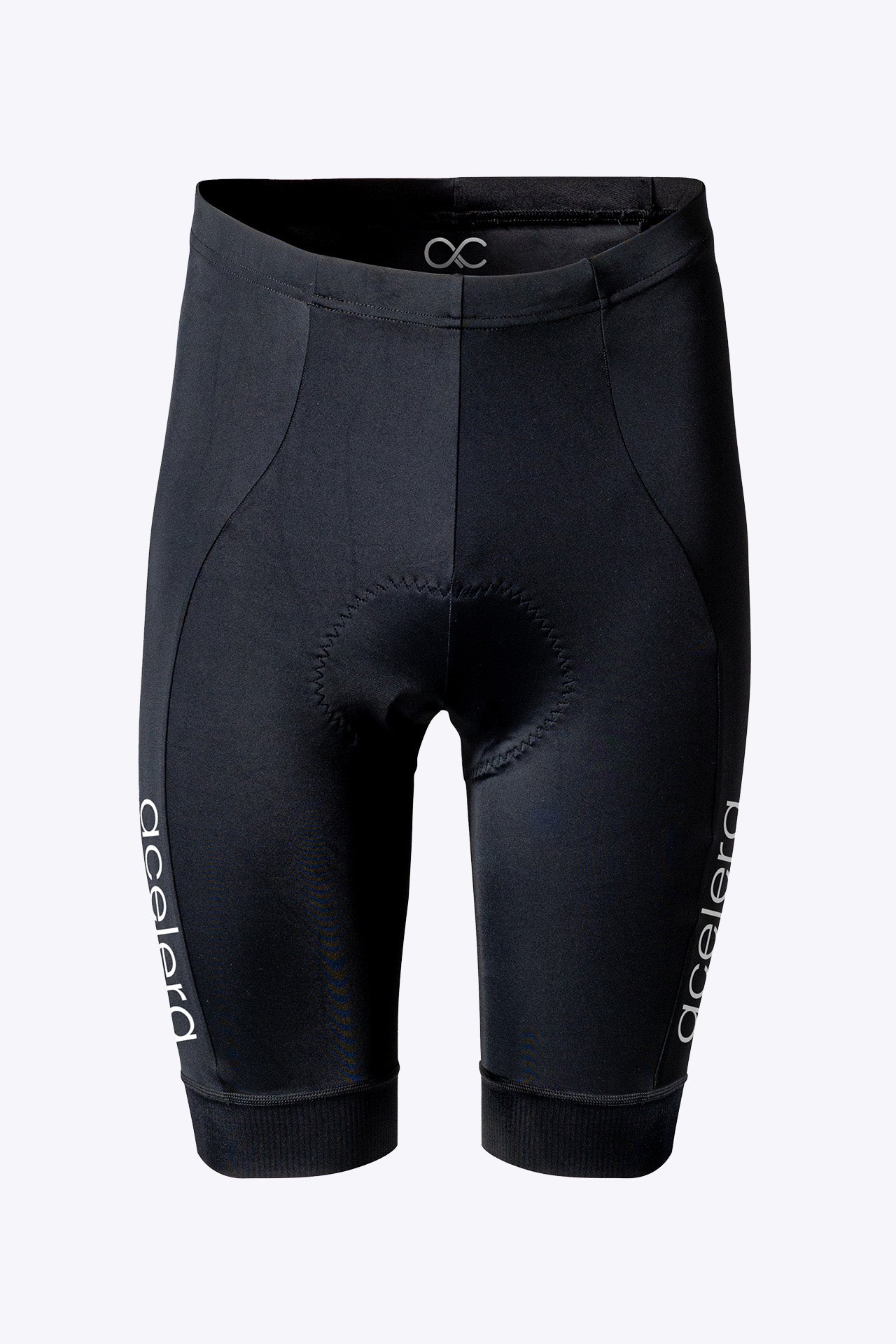

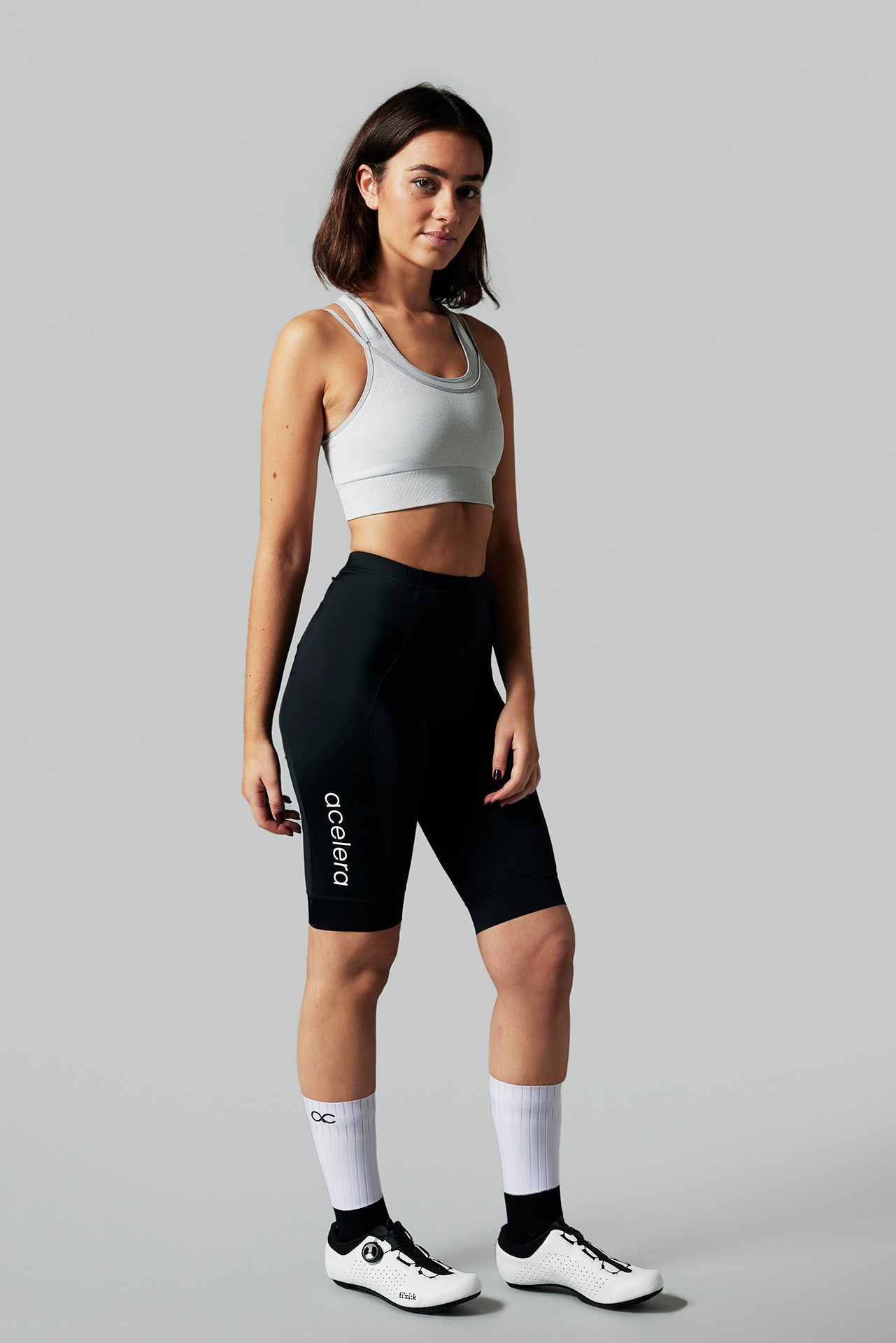
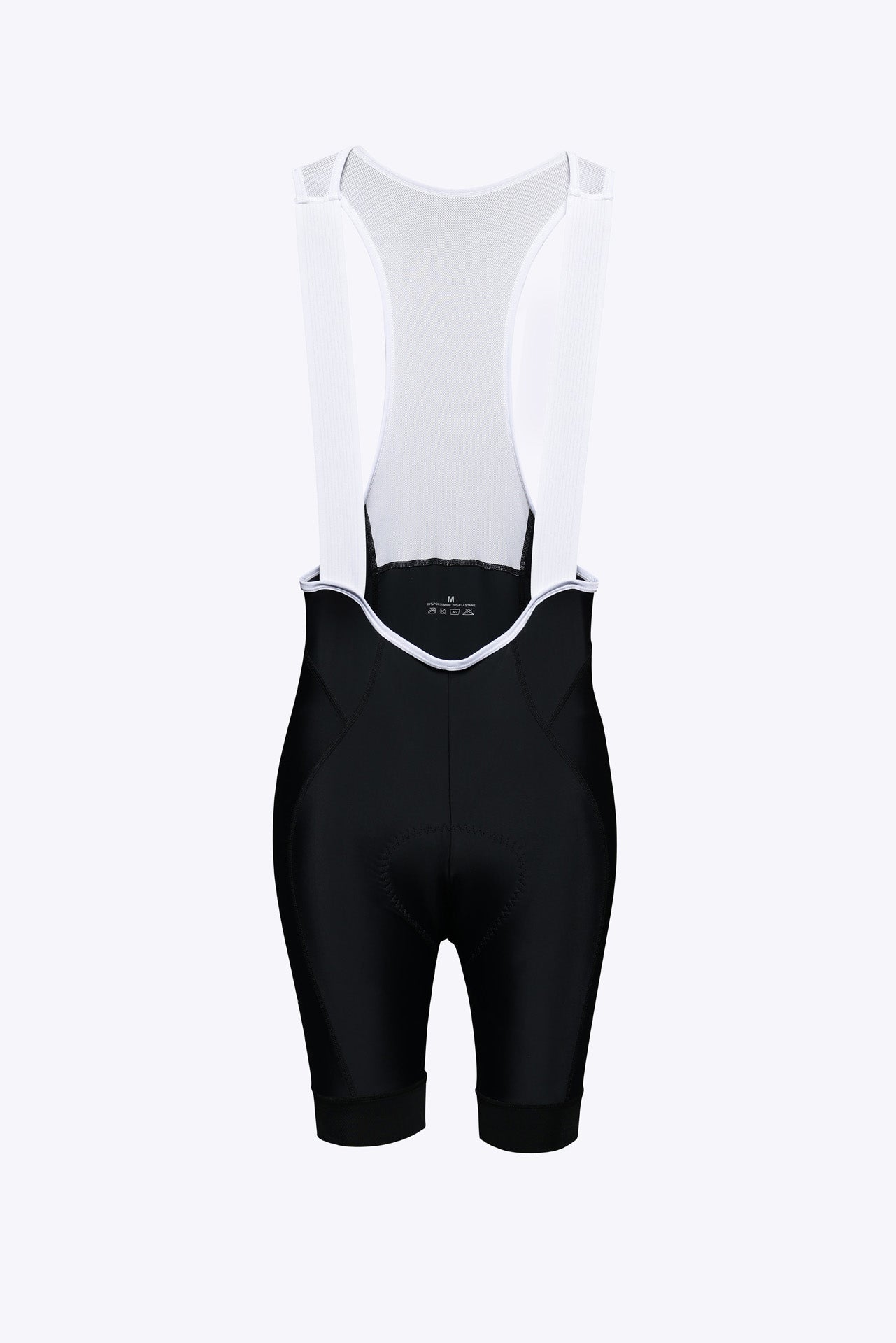

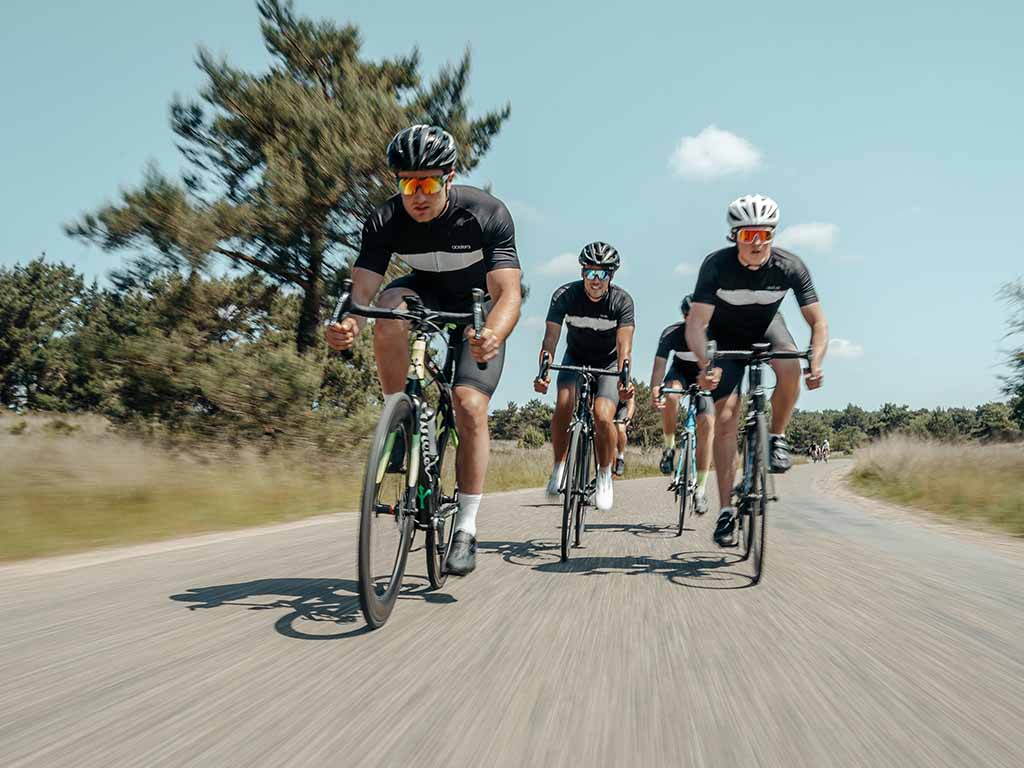
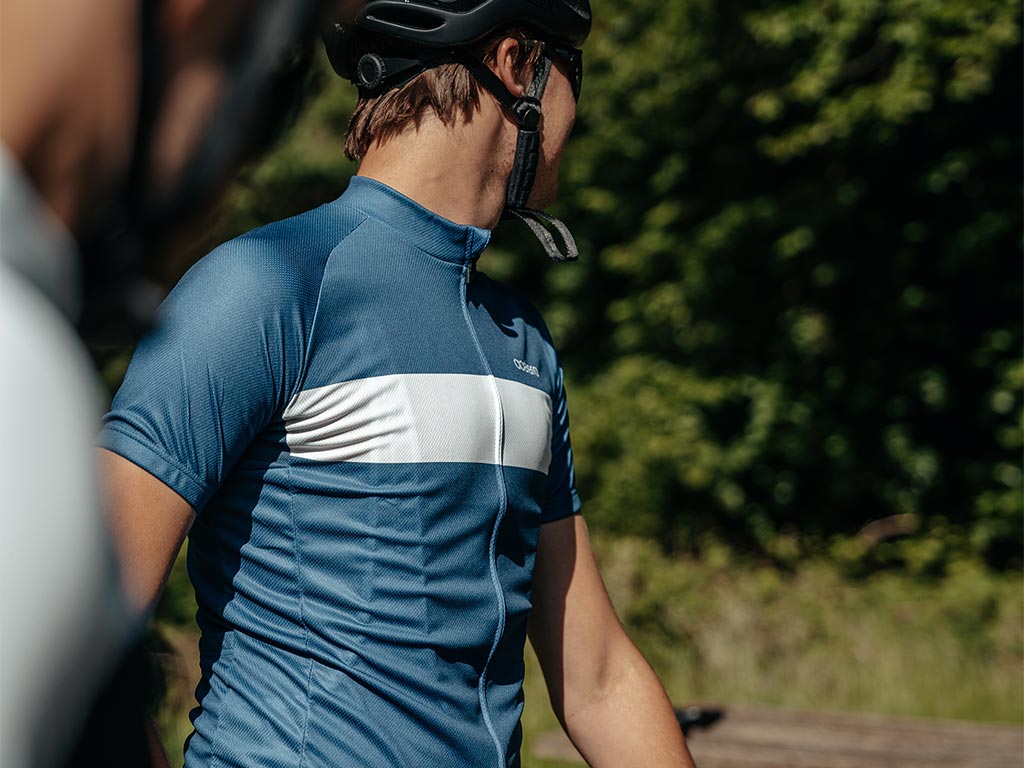
Leave a comment
This site is protected by hCaptcha and the hCaptcha Privacy Policy and Terms of Service apply.